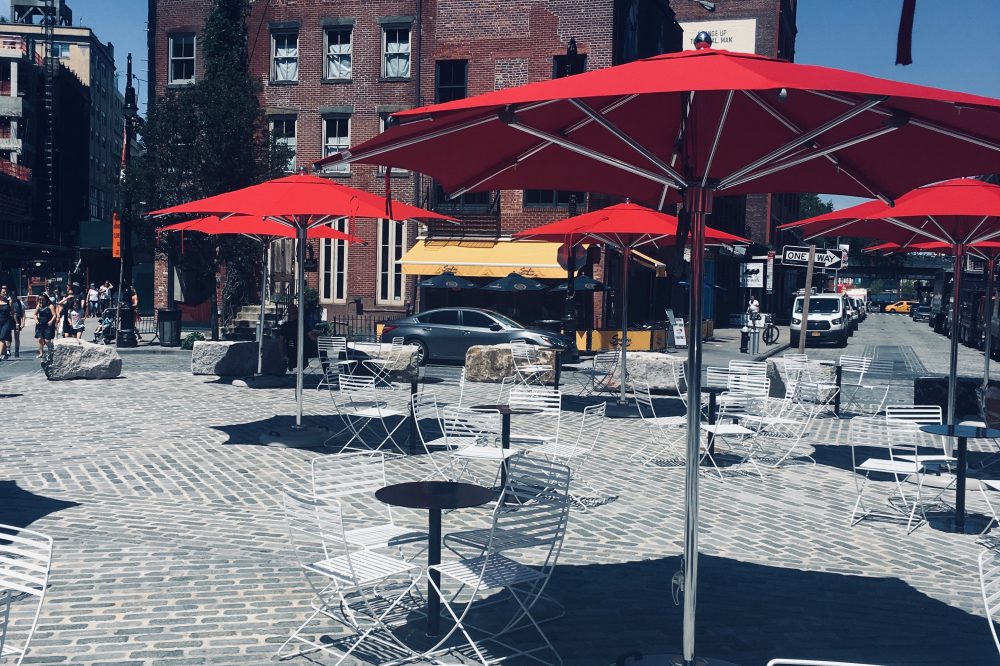Sarah Sjöström – det perfekt loppet.
Sarah Sjöström slog världsrekord i 100 m fjärilsim 2015.

Sarah Sjöström – det perfekt loppet.
Sarah Sjöström slog världsrekord i 100 m fjärilsim 2015.
Tesla Model 3 har ett utgångspris på 35 000 USD och leveranser i USA börjar under slutet av 2017.
”In the heart of Edinburgh’s historic Old Town, the Grassmarket is one of the most vibrant, picturesque and welcoming areas of the city to visit.” Greater Grassmarket Business Improvement District – www.greatergrassmarket.co.uk/history
“They were only supposed to last 40 years anyway” said Andy, demolition contractor and Sighthill resident, as we viewed the city from the rooftop of the Fountainwell Terrace block. “It was a great place to grow up, as a child but now it’s a wee bit different.” Disappearing Glasgow
”When I started documenting Dalmarnock, much of it was a ghost town. Deindustrialization in the 1960s and 1970s had left the area in ruins. Once a thriving community, and the engine room of Glasgow’s industrial might, its population decreased from 50,000 in the 1950s to around 2000.” Chris Leslie, Disappearing Glasgow
A statistical analysis of over 1 million property transactions between 1995 and 2010 from the Nationwide building society, and data on the characteristics of over 8000 English conservation areas. This is the first rigorous, large-scale, analysis of the effects of conservation areas on house prices in England.
An assessment of people’s perceptions of conservation areas, and how these relate to house prices. This involved a survey of residents in 10 conservation areas in and around London, supplemented by interviews with local planning officers.
What the analysis of house prices found
Freddie Wadling tolkar Känn ingen sorg för mig Göteborg av Håkan Hellström.
Volvo V90 – Made by Sweden – ”Prologue” feat. Zlatan Ibrahimović